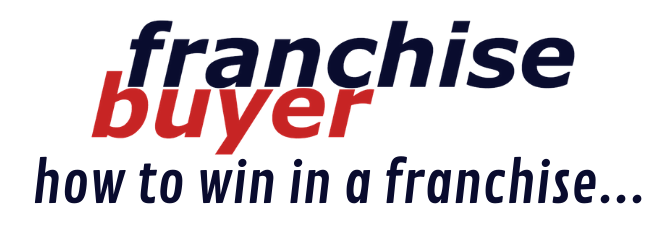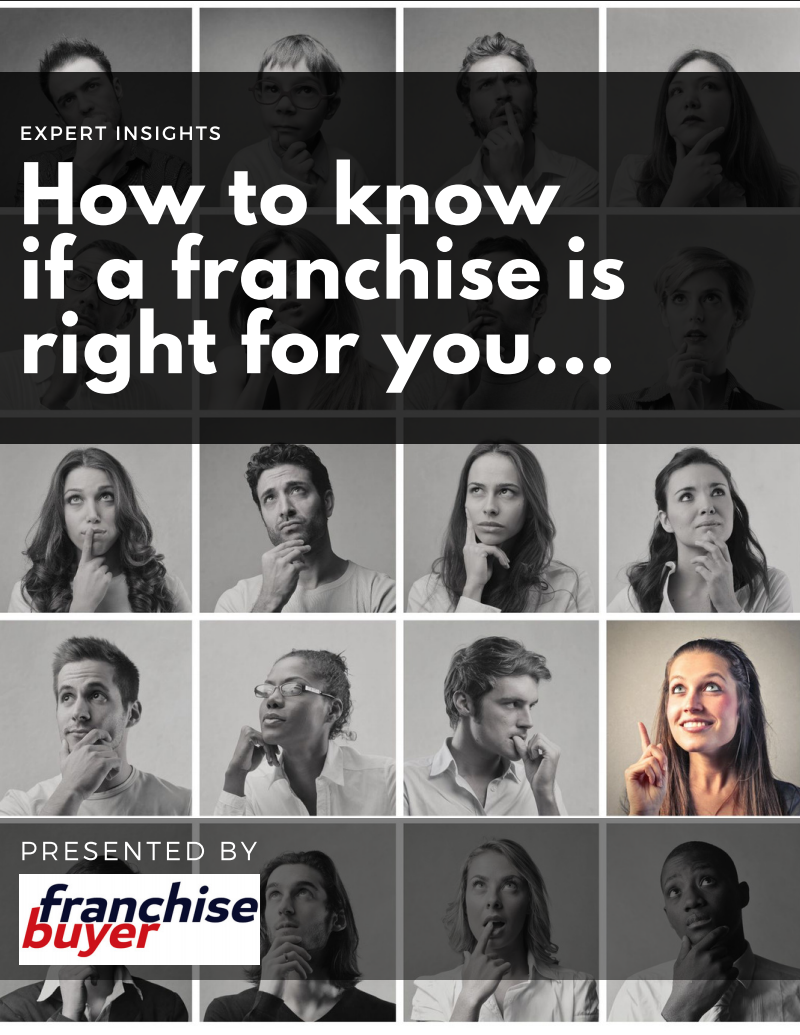
Putting the Diligence into Business
Due diligence has many other roles to play in a business besides forming part of a potential buyers’ assessment. As a specialist in Business Forensic due diligence, Brett Goodyer explains this broader and potentially lucrative role.
Many people would assume that for a business to be undergoing a due diligence process that a transaction must be about to occur – a merger, an acquisition, a divestment; but that is not necessarily true. Sure, each of these events should trigger a due diligence process of some shape or form, but perhaps it’s time for us to broaden our understanding of due diligence.
Due diligence, done well, can also be considered a diagnostic tool, one that will help us look at our business with new perspective and assist us to be strategic in implementing a medium to long term goal, rather than concerning ourselves with only the immediate future.
For demonstration purposes, we like to use case studies where some level of due diligence is required. From a simple appraisal to an in-depth analysis of the form and substance of a business.
Retirement Planning for Dave…
A business owner, let’s call him Dave, starts to think about whether he has sufficient superannuation with which to retire comfortably and so he starts a conversation with his accountant or financial advisor. Based upon their assessment of his needs it is decided that Dave needs a minimum of around $2 million in assets (other than the family home) at retirement in 5 years.
Dave’s current superannuation balance is around $500,000 and he believes his business to be worth around $1 million, leaving a shortfall of $500,000 that Dave needs to accumulate over the next 5 years. $500,000 in 5 years will be tight, but it is doable if Dave is a little frugal and saves his pennies.
However, what happens if Dave’s business is not worth what he assumes it to be worth? What if it is only worth $500,000 when he retires in 5 years? Does it mean he can’t retire yet? Does it mean he has to retire with less than he really needs? Will it be Passion Pop and Kraft Singles rather than Moet and Camembert?
The difference between what we ‘think’ and the reality
When planning for his future retirement, a prudent advisor will do their best to make unknown risks into known risks. Often there is a disparity between what a business owner thinks their business is worth and what someone would pay for it in an arm’s length transaction. After all, it’s only natural that you’d think your ‘baby’ to be more valuable than anyone else. The difficulty lies with the potential disparity between what the market considers to be a fair value and what Dave considers to be a fair value, and if left unchecked Dave may well find himself in a position where he cannot retire when he wants to.
At this point, a prudent advisor will recommend some form of due diligence as a pre-emptive strike. At the very least Dave needs to find out what his business is worth today just so he can understand his current financial position. In having his business appraised Dave would gain insight into how businesses in his industry are truly valued and the basis of the calculation of that value. It is a regular misconception that a business, any business, is valued at three times its annual profit. The problem with this misconception is that many business owners believe it so thoroughly so as to plan their future on it only to find out when it is too late that it is based on myth rather than reality.

Calculating Value
Whilst businesses are regularly valued utilising what is called the Capitalisation of Future Maintainable Earnings (CFME) business valuation methodology (around 80% of businesses valued are valued in this way), it is not the only methodology that can be used. Where the CFME valuation methodology is utilised it is a rarity for the business to achieve a multiple of future maintainable earnings of three where the business turns over less than $1 million. For businesses turning over more than $1 million, it is highly dependent upon the industry and many specific risk factors for the specific business as to what multiple of earnings will be the most likely achieved at market.
The First Step
So step one for Dave is finding out not only what his business is worth, but why. Requesting a simple appraisal from a competent professional experienced in the valuation of businesses should not be difficult nor time consuming, and (probably) gives him a reality check on the current market for his business. It is not often that a business owner is surprised and delighted to hear that their business is worth more than they expected; or even that it was worth what they expected for that matter.
Assuming that the value is in fact below what he requires for retirement, Dave will likely need to move on to step two: due diligence on his own business to understand what he can do to improve its value.
It is one thing to know that the market value of your business is not going to be enough for retirement, but knowing what to do to increase that value is another thing entirely. Even cursory due diligence will allow Dave to gain insight that allows him to understand the two main influencing factors in the value of his business:
- The earnings that could be reasonably expected to be generated by the business year on year (the future maintainable earnings); and,
- The capitalisation rate (or multiple).
So clearly, it would be Dave’s fondest wish to increase both the earnings of the business and its multiple.
How to increase business value
The earnings of the business can be increased by only two factors; increasing turnover, or decreasing expenses. Understanding where some tweaks can be made to increase earnings is important and will have the effect of increasing the businesses value considerably. However, the multiple utilised in the valuation is an assessment of the overall risk profile represented by the business as an investment proposition. For instance, are Dave’s customers subject to long term contracts? No? Well, then it is a risk that these customers won’t stick around if Dave sold his business. Does Dave’s business have any intellectual property that sets him apart from his competitors? No? Then there is commercial risk that customers might move to another provider.
Due diligence that is done properly will allow understanding of the risk profile of a business and provides insight into how this information is considered in a valuation. By knowing what the businesses risks are allows the owner (or their advisers) to understand what changes can be made to decrease the risk of the business as a potential investment to a third party and thereby significantly increase its value.
It is always preferable to create a plan for the future knowing all of the variables that are knowable. To do otherwise is to fly blind and hope. Nearly all businesses, like Dave’s, will benefit from due diligence performed as a measurement and diagnostic to allow medium to long term strategic planning. It could well be the difference between Dave retiring with sufficient accumulated wealth or not.
Brett Goodyer is a Director of SV Partners Forensics and online SME Due Diligence portal www.bizdilgience.com.au.To discuss your needs or the needs of your clients with Brett you can call him on 0447 264 224 or contact him on brett.goodyer@svp.com.au.






